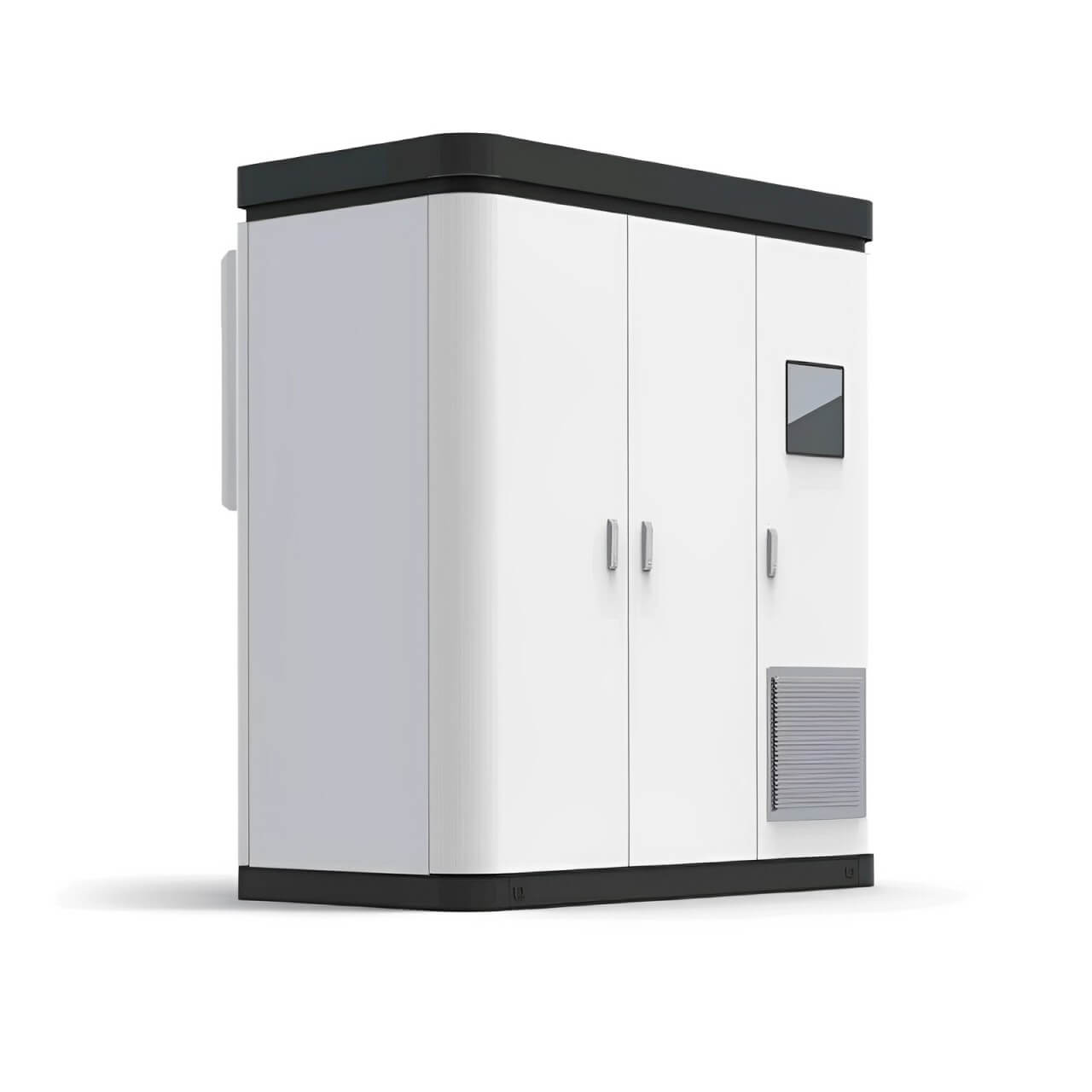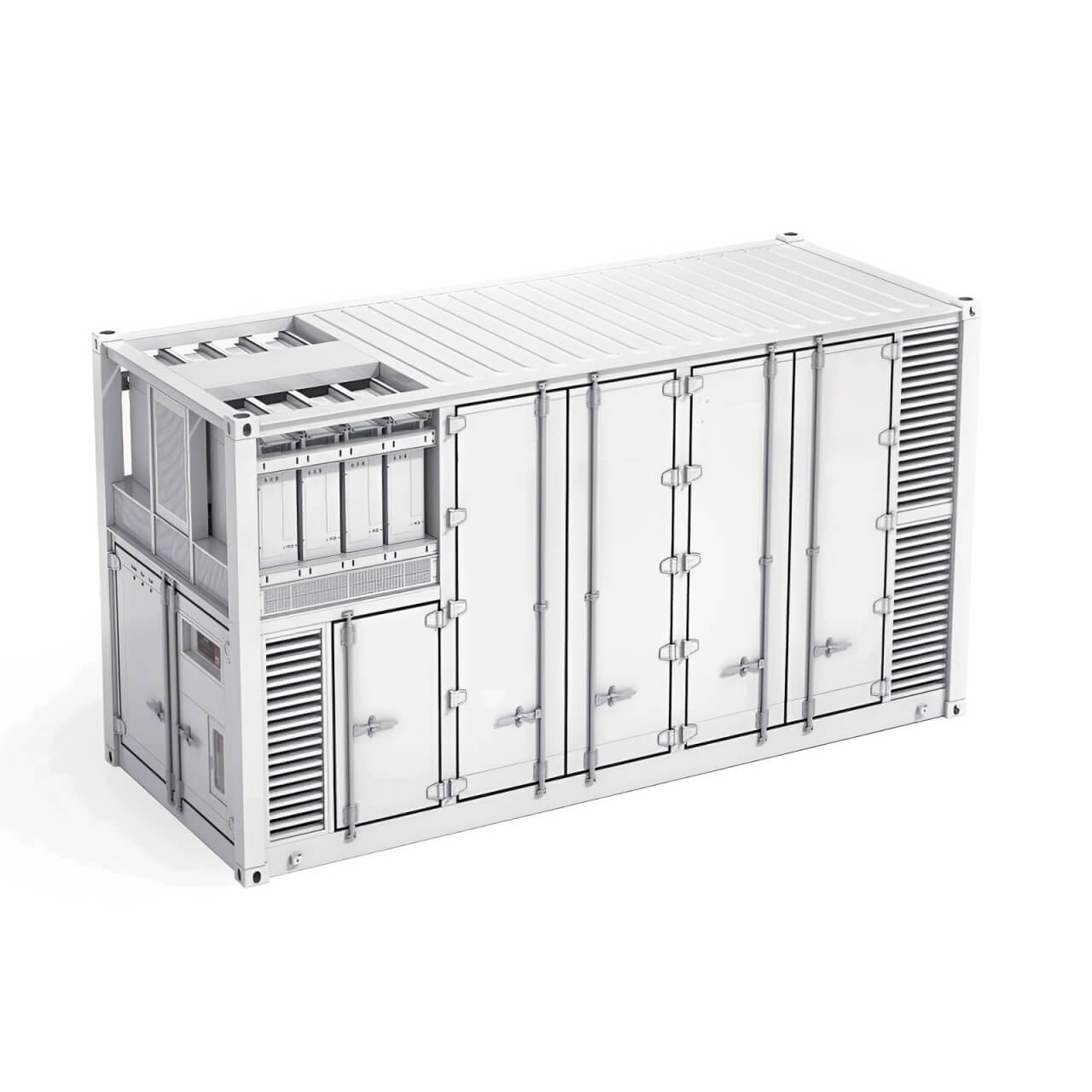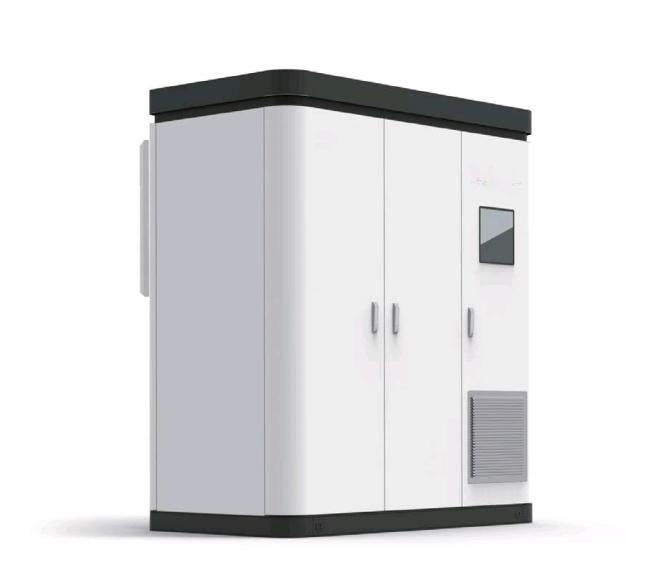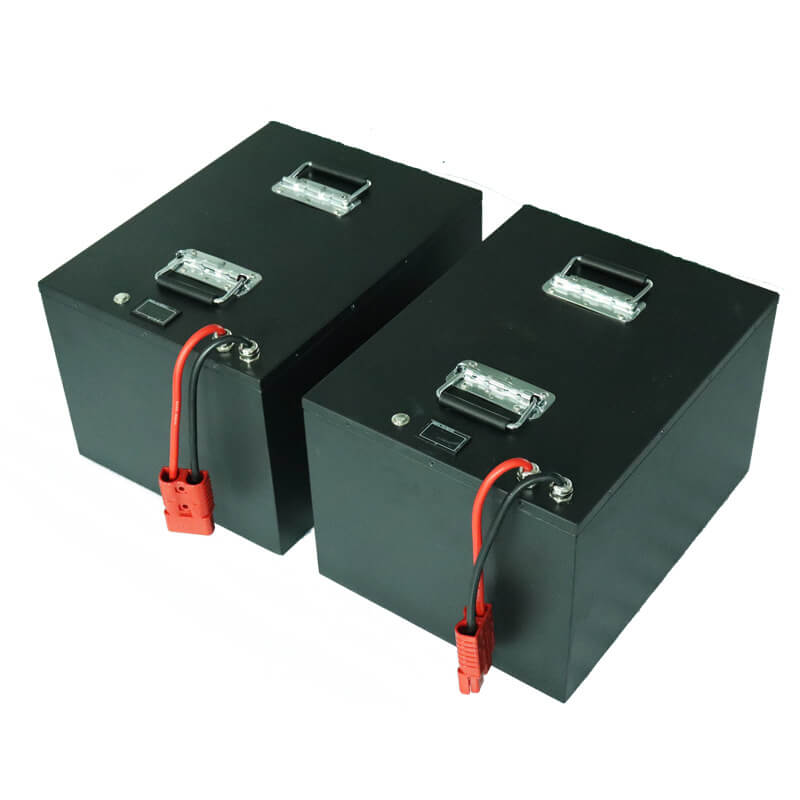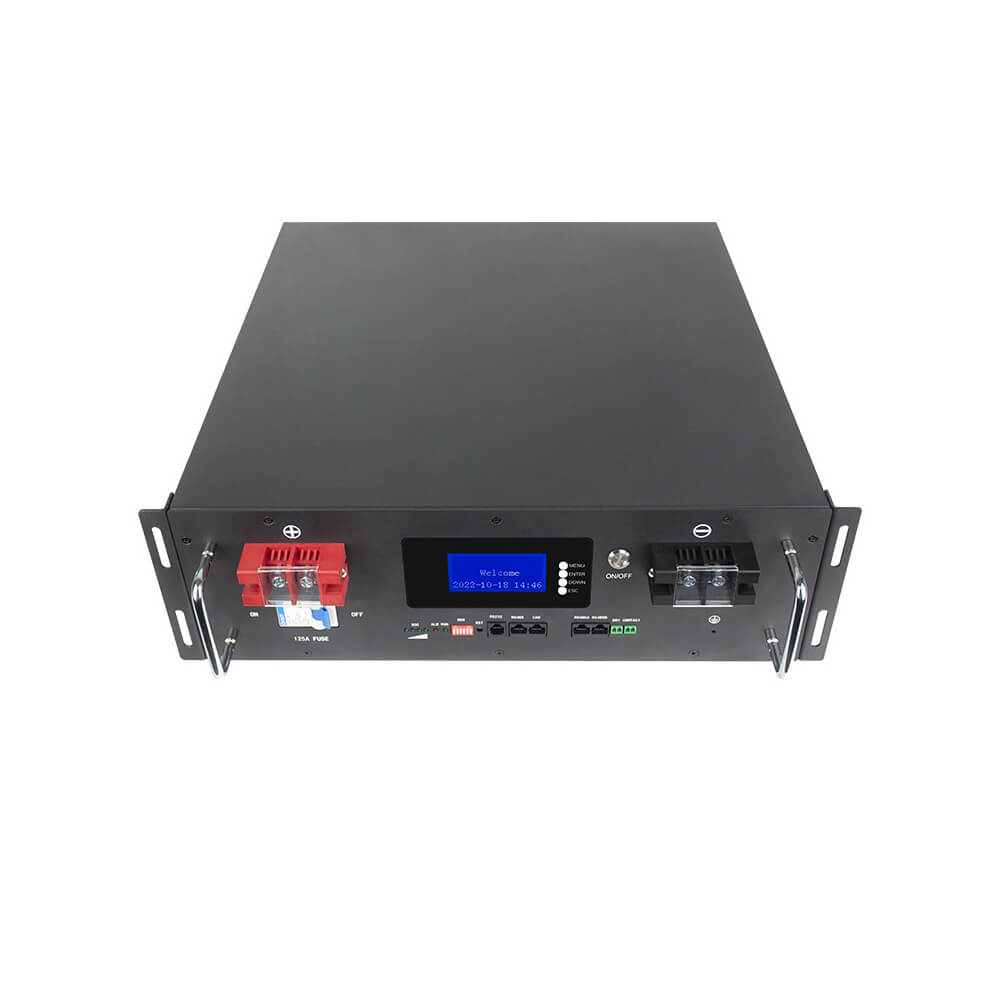Exploring the technical limitations of sodium-ion batteries
Due to the abundance of sodium resources, sodium-ion batteries have attracted widespread attention as a potential alternative to lithium-ion batteries. However, the feasibility of large-scale application of sodium-ion batteries depends on overcoming certain technical limitations. China's sodium-ion manufacturers have explored in depth the limitations currently faced by sodium-ion battery technology.
Challenges of sodium-ion battery technology
1. Energy density:
One of the main challenges of sodium-ion batteries is to achieve energy density comparable to that of lithium-ion batteries. Sodium ions are larger and heavier than lithium ions, resulting in lower energy density. Researchers are actively developing new electrode materials and electrolytes to improve the energy density of sodium-ion batteries.
2. Cycle life:
The cycle life of sodium-ion batteries (referring to the number of charge and discharge cycles a battery can undergo before its performance degrades significantly) remains an issue. Compared with lithium-ion batteries, sodium-ion batteries undergo greater structural changes during cycling, resulting in capacity decay over time. Solving this problem requires the development of stable electrode materials and electrolytes to mitigate degradation mechanisms.
3. Rate performance:
Compared with lithium-ion batteries, sodium-ion batteries generally have lower rate capabilities, which means they have difficulty delivering high power output. This limitation stems from the slower sodium ion diffusion kinetics within the electrode material. Strategies such as nanostructured electrodes and optimized electrolyte composition aim to improve the rate performance of sodium-ion batteries.
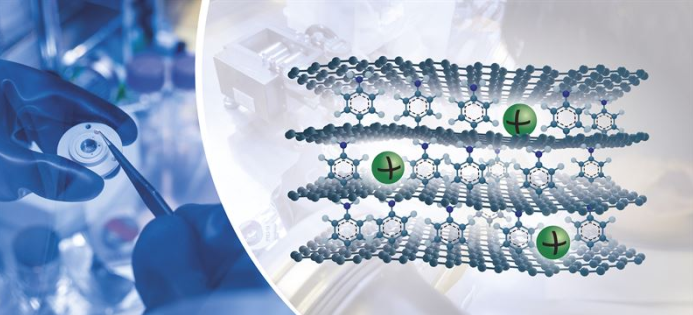
4. Safety issues:
Although sodium-ion batteries are generally considered safer than lithium-ion batteries due to the absence of dendrite formation, safety issues still exist. If not properly packaged, the sodium metal anode can react violently with moisture or oxygen, posing a risk of fire and explosion. Ensuring the safety of sodium-ion batteries requires robust packaging techniques and careful electrolyte management.
Addressing technical limitations
To overcome these technical limitations, interdisciplinary research efforts are essential. Materials scientists, chemists, and engineers collaborate to design new electrode materials with improved sodium-ion diffusion kinetics and stability. In addition, computational modeling plays a vital role in predicting the performance of new materials and optimizing battery design.
In addition, advances in manufacturing processes, such as scalable synthesis methods and precise electrode coating techniques, are essential for the commercialization of sodium-ion batteries. Collaboration between academia, industry, and government agencies is essential to accelerate the development and deployment of sodium-ion battery technology.
Although sodium-ion batteries offer a promising alternative to lithium-ion batteries, several technical limitations must be addressed to fully realize their potential. Overcoming challenges related to energy density, cycle life, rate performance, and safety requires collaborative research and interdisciplinary collaboration. By overcoming these obstacles, sodium-ion batteries can become a competitive energy storage solution for a sustainable future.

 简体中文
简体中文 Russian
Russian French
French German
German Japanese
Japanese Korean
Korean Arabic
Arabic Spanish
Spanish
